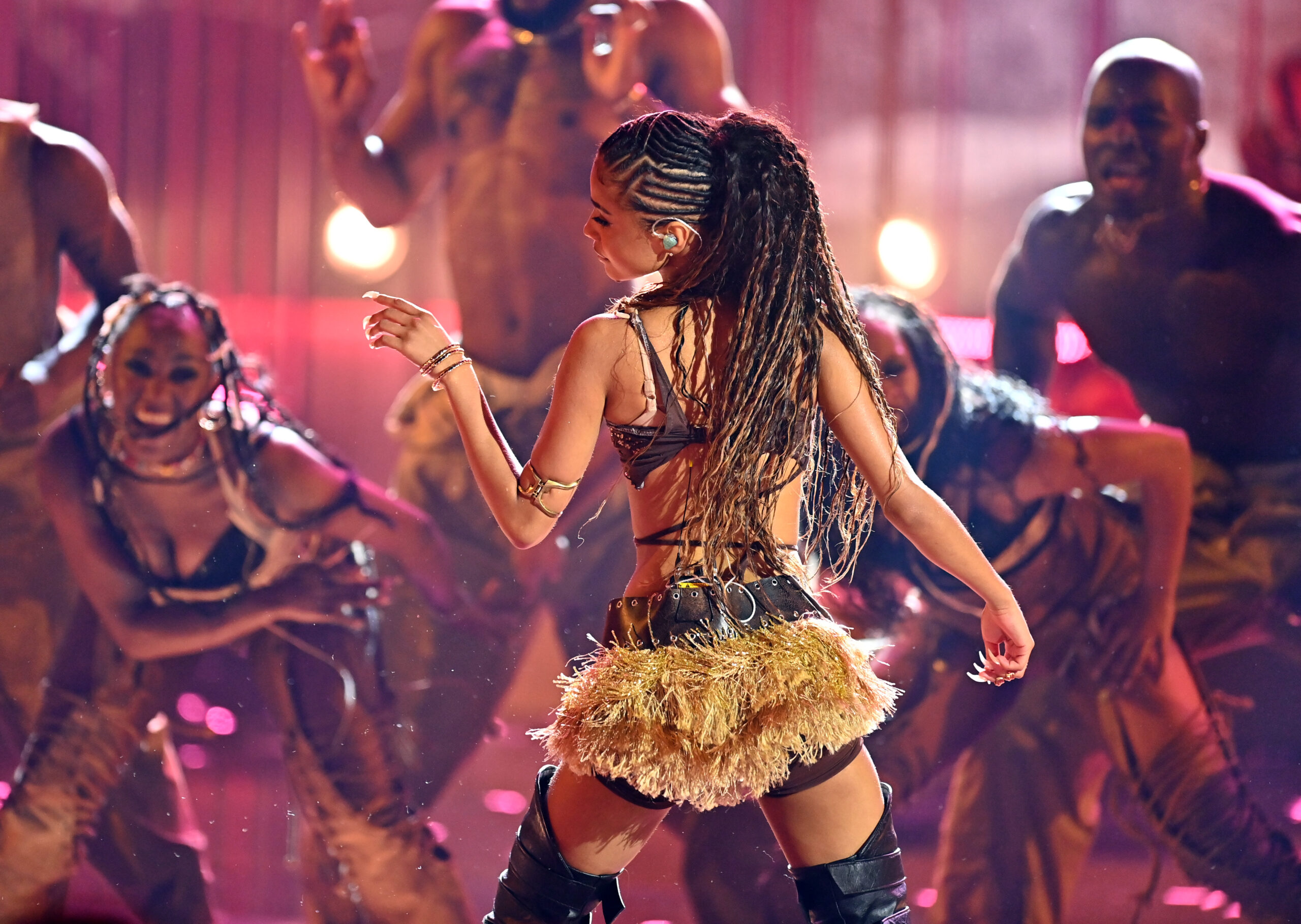There is a viral trend underway where dancers execute hypnotic body rolls, hip isolations, and rhythmically sway to the infectious beats of Tyla’s “Water.” This isn’t just a fleeting moment in pop culture. It’s a global introduction to South Africa’s Bacardi dance style. The dance is a vibrant form of movement deeply rooted in history and cultural expression.
What Is the Bacardi Dance?
Bacardi dance traces its roots to Pretoria, South Africa, where it evolved alongside the Bacardi music genre. Bacardi music is distinct for its heavy bass lines, repetitive rhythms, and minimalist beats. In the early 2000s it emerged as a subgenre of kwaito. Kwaito itself is a cornerstone of South African music. It blends house, hip-hop, and traditional African sounds to create a soundtrack for post-apartheid youth.
The Bacardi sound amplified Pretoria’s party scene. With it came a distinct style of dance that emphasized freedom of movement, groove, and an undeniable connection to the music. The movements are organic and improvisational, often mirroring the drum patterns in Bacardi tracks. From house parties to local clubs, Bacardi dance became a unifying language, a way for South Africans to express their joy and individuality.
Bacardi Goes Global
Tyla, the South African singer-songwriter, has seamlessly bridged the gap between local and global. Her breakout single “Water” brought Bacardi dance to the main stage, capturing the hearts of audiences worldwide. Tyla’s choreography, co-created with South African dancers, highlights the fluidity and sensuality of the style while paying homage to its roots.
On platforms like TikTok and Instagram, the #BacardiDanceChallenge exploded, with creators from all over the world attempting to replicate the smooth transitions and isolations. While some interpret the moves with their flair, the essence of Bacardi remains intact. It’s about feeling the music and letting it move you.
Why the Dance Resonates
For many Black women in particular, Bacardi dance offers a space to reclaim their bodies and celebrate their rhythm. Its emphasis on fluidity and sensuality aligns with an innate understanding of movement that’s been passed down through generations. It’s not just a dance—it’s an act of cultural preservation, a reminder of the interconnectedness of the African diaspora.
The global embrace of Bacardi dance is also a testament to South Africa’s influence on modern music and dance. From amapiano to gqom, the country’s creative exports are reshaping how the world understands African culture. Not as a monolith but as a tapestry of vibrant, diverse traditions.
